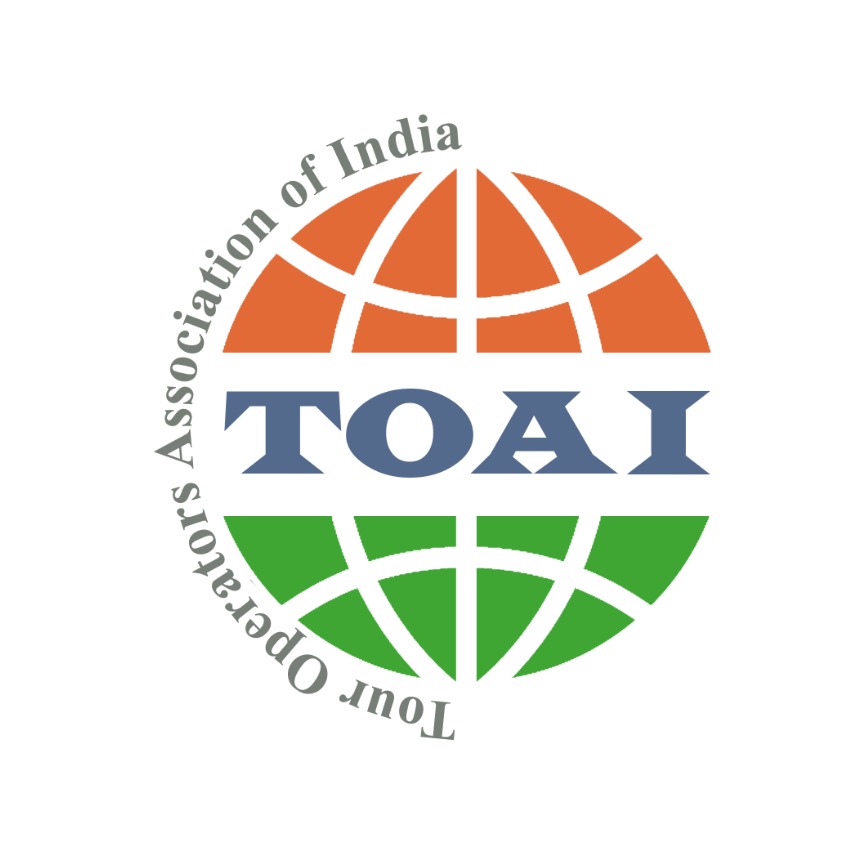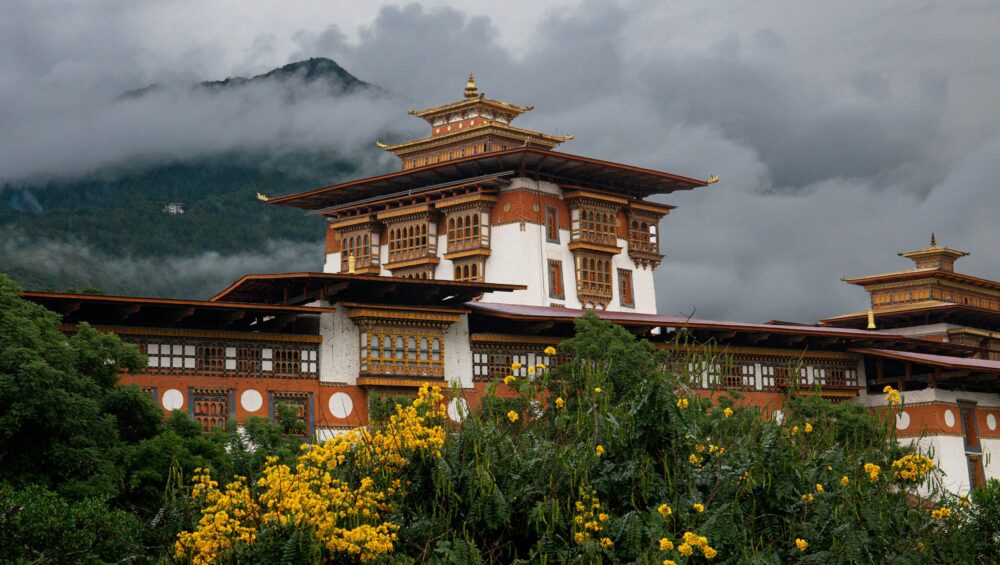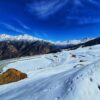High in the Eastern Himalayas, cradled between India and Tibet, lies a kingdom that seems untouched by time. Bhutan is not just another destination — it’s a revelation.
Here, prayer flags flutter in the wind like whispered blessings. Monks in crimson robes walk through pine-scented monasteries. And every traveler, whether climbing to the Tiger’s Nest or sipping butter tea in a farmhouse, feels something profound — a quiet kind of joy that money can’t buy.
Bhutan’s beauty isn’t loud. It’s soulful, spiritual, and deeply human.
This journey takes you through Paro, Thimphu, Punakha, and the central valleys — each offering its own piece of the kingdom’s calm.
Best Time to Visit Bhutan
- March to May (Spring): Blooming rhododendrons and clear mountain views.
- September to November (Autumn): Crisp air, festival season, best visibility for trekking.
- Winter (December–February): Peaceful, less crowded, with snow in higher passes.
Tip: Plan your trip around Bhutan’s Tshechu festivals — days filled with dance, color, and sacred rituals that celebrate life itself.
Paro – Gateway to the Kingdom (Days 1–2)
Your Bhutan journey begins in Paro, where your plane glides between emerald valleys and snowy peaks — one of the most beautiful landings in the world.
Spend your first day exploring Paro Dzong, a stunning fortress that sits above the river, its whitewashed walls glowing in the sunlight. Visit the National Museum, perched on a hilltop, to understand the country’s deep connection between spirituality and everyday life.
But Paro’s greatest gift is the Tiger’s Nest Monastery (Taktsang).
Clinging to a cliff 3,000 feet above the valley, it’s reached by a steep yet rewarding hike. As you climb, colorful prayer flags line the trail, fluttering like voices of hope. When you finally reach the monastery, the view feels surreal — clouds drift below you, and silence wraps you in peace.
Tip: Start early for the Tiger’s Nest hike and carry light snacks — it takes about 4–5 hours round trip.
Thimphu – Where Tradition Meets Modernity (Days 3–4)
Drive to Thimphu, Bhutan’s capital — a city with no traffic lights, where monks scroll on smartphones, and happiness feels like a lifestyle, not a slogan.
Visit the towering Buddha Dordenma Statue, overlooking the entire valley. Wander through Motithang Takin Preserve to see Bhutan’s national animal — half goat, half cow — and learn its legend.
Spend your afternoon at Tashichho Dzong, the seat of Bhutan’s government and monastic body, glowing beautifully at dusk.
In the evening, explore Thimphu’s local markets, filled with handmade crafts, woven scarves, and prayer beads — each item carrying a story.
Don’t Miss: The Folk Heritage Museum and Simply Bhutan Village, where you can taste butter tea, try archery, and dress in traditional Gho or Kira.
Punakha – Valleys, Rivers and the Sacred Dzong (Days 5–7)
From Thimphu, cross the Dochula Pass (3,100 m), where 108 white stupas stand beneath snow-capped peaks. Stop for tea — the view of the Himalayas is breathtaking on a clear day.
Descending into the Punakha Valley, the air grows warmer and fields of rice shimmer in shades of gold and green.
Here stands the Punakha Dzong, Bhutan’s most beautiful fortress — sitting at the confluence of two rivers. Its wooden bridges, blooming jacaranda trees, and intricate carvings make it feel almost otherworldly.
In the evening, walk across the suspension bridge, one of Bhutan’s longest, draped in colorful prayer flags that dance in the mountain wind.
Tip: Visit in spring when the valley bursts with flowers and the dzong is framed in purple jacarandas.
Bumthang – The Spiritual Heart of Bhutan (Days 8–10)
A flight or scenic drive takes you deeper into central Bhutan — to Bumthang, where monasteries rest quietly among meadows and pine forests.
This is Bhutan’s spiritual center — home to Jambay Lhakhang, one of the country’s oldest temples, and Kurjey Lhakhang, where Guru Rinpoche (the founder of Tibetan Buddhism) is said to have meditated.
Wander through local farms, taste fresh yak cheese, and warm up with a glass of ara, a homemade spirit often shared during festivals.
Bumthang feels slower, quieter — a place that invites reflection.
Don’t Miss: A hot stone bath — river stones heated by fire are placed in wooden tubs filled with herbs, easing away every ache from your travels.
Optional Add-ons
- Phobjikha Valley: A serene glacial valley known for black-necked cranes and endless green meadows.
- Haa Valley: Close to Paro, remote and stunning — ideal for travelers seeking solitude and hiking.
Cultural Experiences You’ll Treasure
- Attend a local Tshechu (festival) — masks, drums, and blessings for good fortune.
- Learn archery, Bhutan’s national sport.
- Stay in a farmhouse, dine with locals, and understand Bhutan’s gentle humor.
- Visit a monastic school — the laughter of young monks echoes like joy itself.
Why Travel with World Tours
- Hassle-free Bhutan permits and visa arrangements
- Guided monastery visits with local experts
- Handpicked hotels and farm stays with scenic views
- Seamless transport and festival scheduling
- 24/7 support for complete peace of mind
“Bhutan isn’t a destination — it’s a feeling. Let World Tours take you where happiness isn’t something you chase, but something that finds you.”
Bhutan hums softly — like the sound of a prayer wheel turning in the wind.
It doesn’t dazzle with noise or neon. It teaches you that contentment comes from stillness, gratitude, and connection.
When you stand at Tiger’s Nest, clouds swirling beneath your feet, you’ll understand why this kingdom measures success not in wealth, but in happiness.







